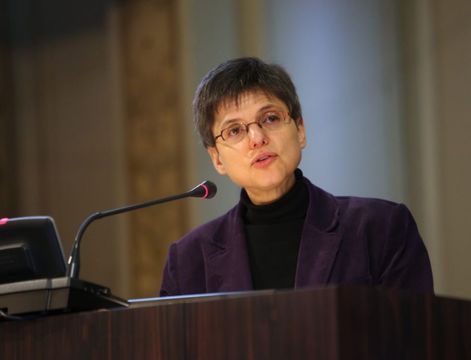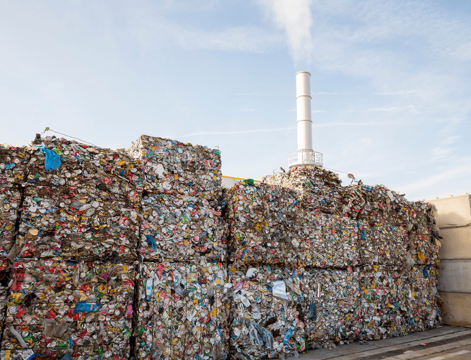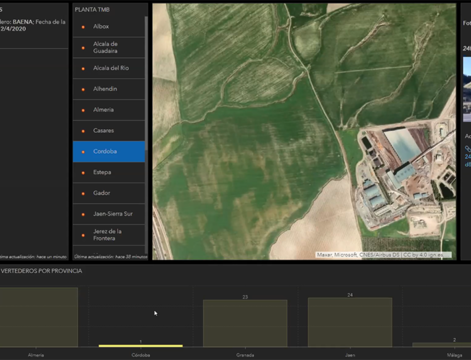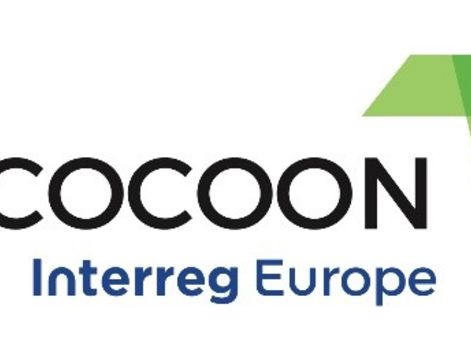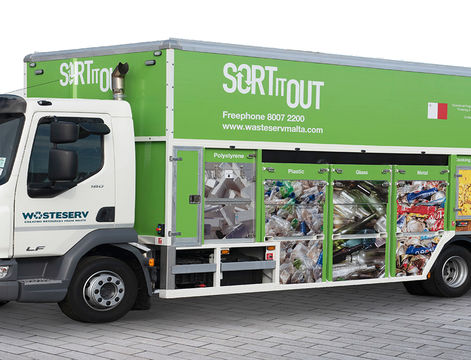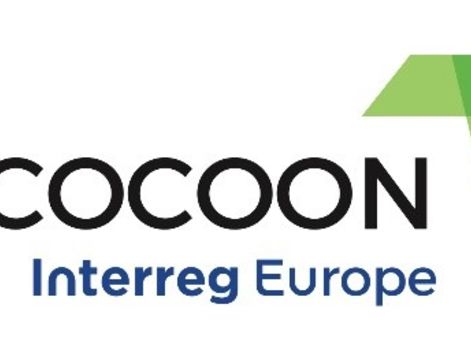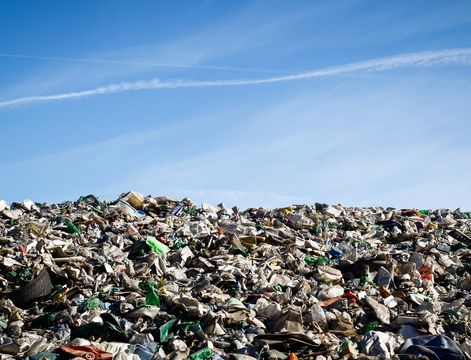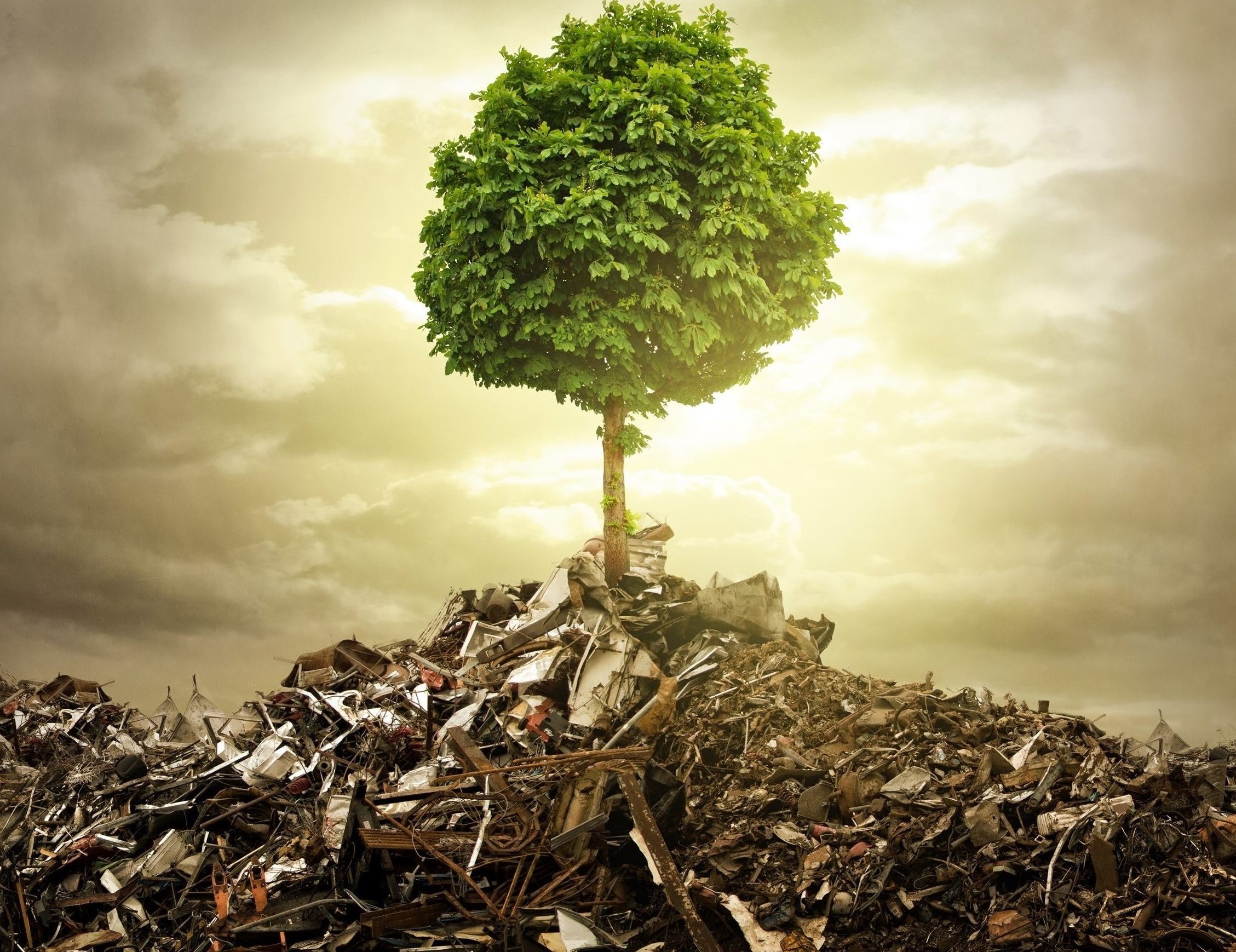Gerd Burkhardt (ICP, Germany) gave an overview of leachate storage and treatment.
The treatment of the leachate is dependent on the leachate quantity, the concentration of certain leachate parameters (e.g. BOD, COD, NH3-N, NH4-N, total N, AOX) and the requirements on the treated water. The leachate composition is highly dependent on the waste disposed of in the landfill. For the design of a leachate treatment plant the leachate quantity, variations in leachate quantity (often linked to meteorological conditions) and effluent emissions should be well known.
Some leachate treatment options are:
- Evaporation,
- Recirculation or sprinkling,
- Constructed wetlands,
- Anaerobic biological treatment,
- Aerobic biological treatment,
- Chemical and/or physical treatment (O3, UV-treatment, adsorption, flocculation and chemical precipitation),
- Filtration (e.g. ultra filtration, reverse osmosis),
- Thermal treatment (concentration).
A leachate storage pond must be absolutely water tight, this means the lining system of a leachate pond has to be minimum as good or better than the lining system of the landfill.
It is advised to design two leachate ponds. In this case there is an option to clean or repair one of the ponds during dry season.
For the dimensioning of a leachate storage pond (for Middle Europe) the volume of the pond should be as big as 20 times of the average daily leachate quantity and as 5 times of the maximum daily leachate quantity.
Interested to know more? You can find the presentation here.



